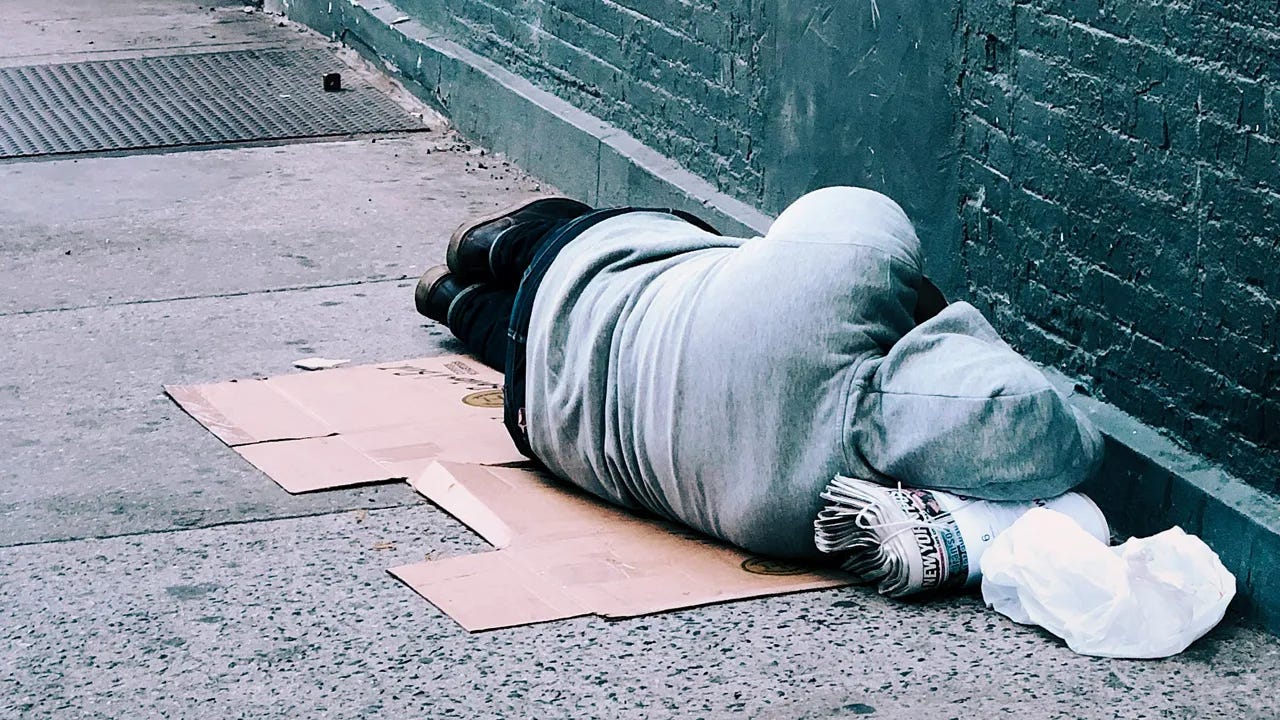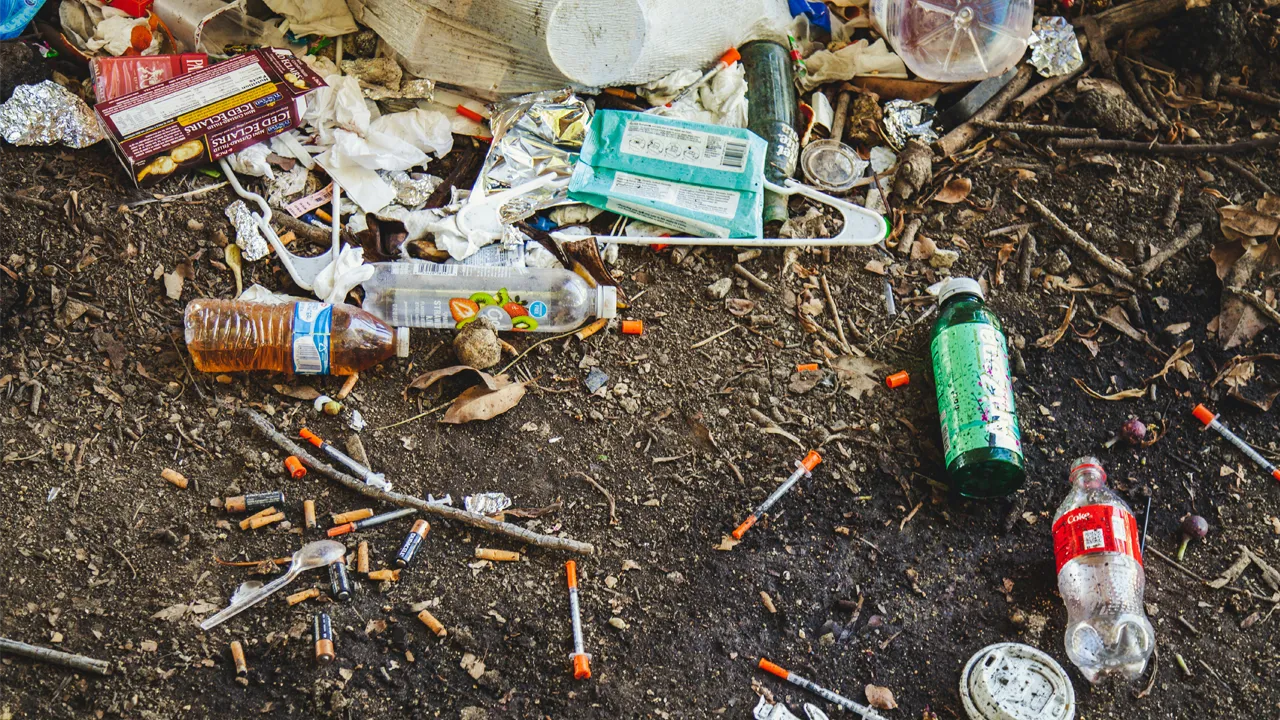Homelessness, as discussed in the introductory article, has plagued Spokane—and many other cities—for years. We often hear the term homeless, but what does it truly mean? According to the Merriam-Webster Dictionary, homelessness is defined as “having no home or permanent place of residence.” While this is true for the individuals roaming downtown Spokane, the question arises: is homelessness primarily a result of a lack of affordable housing, as many claim?
The National Coalition to End Homelessness identifies the lack of affordable housing as the leading cause. However, is this the full story? Could homelessness stem from deeper issues? And are there other factors that keep people homeless? To explore these questions, we must distinguish between two groups: the “active homeless” and the “chronically homeless.”
Understanding the Active vs. Chronically Homeless
Aaron Rivkin, owner of Ladder Coffee, formerly homeless and suffering from drug addiction himself, categorizes the homeless into two groups. The active homeless are those making an effort to change their circumstances—attending programs, staying in shelters, and seeking a better life. In contrast, the chronically homeless struggle with addiction, mental illness (this can be drug-induced as well), and may be repeat offenders. These are the people who may choose to stay on the streets or are in a habitual cycle of addiction, making it nearly impossible for them to escape their circumstances.
While rising housing costs may exacerbate issues for the active homeless, it does not seem that lack of affordable housing is the main contributing factor.
What Leads to Homelessness?
To better understand the causes of homelessness, we spoke to individuals living on Spokane’s streets. Although their stories varied, certain themes emerged: affordable housing was not the main problem they listed. Addiction, trauma, and a lack of support systems were commonly cited.
Ashley’s Story
Ashley, an alcoholic, has been entirely homeless for a year and struggled with inconsistent housing for three years. Alcoholism ran in her family (she mentioned her mother in particular as being an alcoholic); she began drinking at eleven, which became a life-threatening problem. She claimed that her alcoholism became compounded after reporting elder abuse at her job in a nursing home, she was fired. Soon afterward, she lost her home and custody of her children. Turning to fentanyl for solace, she fell deeper into addiction.
Ashley’s opinion is that recovery on the streets is nearly impossible. Drugs are pervasive, and without a robust support system, breaking free feels unachievable. Her negative experiences in shelters and misunderstandings about rules resulted in losing her place on the housing waiting list. It was apparent that Ashley wanted to change, the combination of her addiction and lack of resources to break her drug habits seem like insurmountable barriers.
Lee’s Story
Lee, a man who has been homeless since childhood (his parents were also homeless), faced a different trajectory. After being discharged early from the Army for marijuana use, he continued the cycle of homelessness he inherited from his parents. While Lee denies using drugs beyond marijuana, he appeared to suffer from what might be a schizophrenic break, struggling to discern reality during our conversation. Whether this stems from prior drug use, mental illness, or a service-related injury is unclear.
Chris Ryford’s Story
Chris has been homeless on and off for twenty years. Growing up, he dreamed of becoming a musician. He hitchhiked from New York at 17 and arrived in Spokane two years ago. He lost a leg and claimed it happened last winter due to frostbite. An admitted addict who said he will use pretty much any drug he can get, Chris expressed little interest in changing his lifestyle. When asked about getting off the streets, he said he’s “not worried about it”.
The Realities of Life on the Streets
Life on Spokane’s streets is harsh and chaotic. Homeless individuals face dangers beyond exposure to extreme weather. Violence among the homeless population is reportedly increasing. Jared, a fentanyl addict, described seeing acquaintances beaten and robbed. Ashley stated that rape is something which happens often, and it is an atrocity she has suffered personally. She avoids sleeping at night, fearing further assault. Some women, she said, will get tricked into taking drugs by would-be rapists.
Property crime is rampant among the homeless, with thefts occurring even among so-called friends. One man admitted to stealing a friend’s bike, selling it for $20, and using the money to buy drugs, leading to an overdose. Trust is scarce and “friendships” are transactional, further isolating individuals who lack support systems.
The Role of Addiction
Fentanyl dominates Spokane’s drug scene, particularly among the homeless. Cheaper and more accessible than heroin, it fuels a devastating cycle of addiction. Downtown sidewalks are littered with the tin foil and half-melted plastic straws associated with fentanyl use. Users in the "fentanyl fold"—bent at the waist in a near-trance—are a common sight at the 7-11 on Division and throughout the rest of downtown. Overdoses are alarmingly frequent; in the first 38 days of the year, Spokane recorded 249 overdoses, though not all involved fentanyl or homeless individuals.
Beyond the Surface
What we’ve outlined here only scratches the surface. Organized crime (particularly human trafficking), drug dealing, rampant disease, and untreated mental illness are also part of this grim reality. These issues harm not only the homeless but also the broader community. Businesses suffer, and residents feel unsafe downtown.
Not all homeless individuals are inherently harmful; some are trapped by circumstances beyond their control, while others choose this life. Regardless, these people need more than just housing—they need comprehensive support systems that address addiction, mental health, and accountability for their actions.






